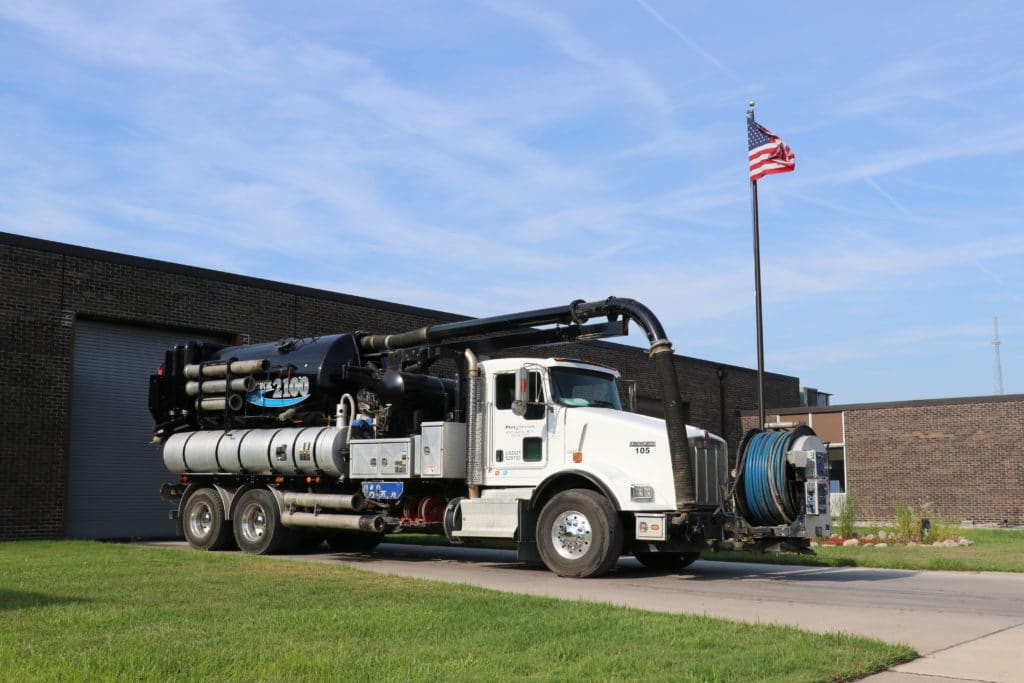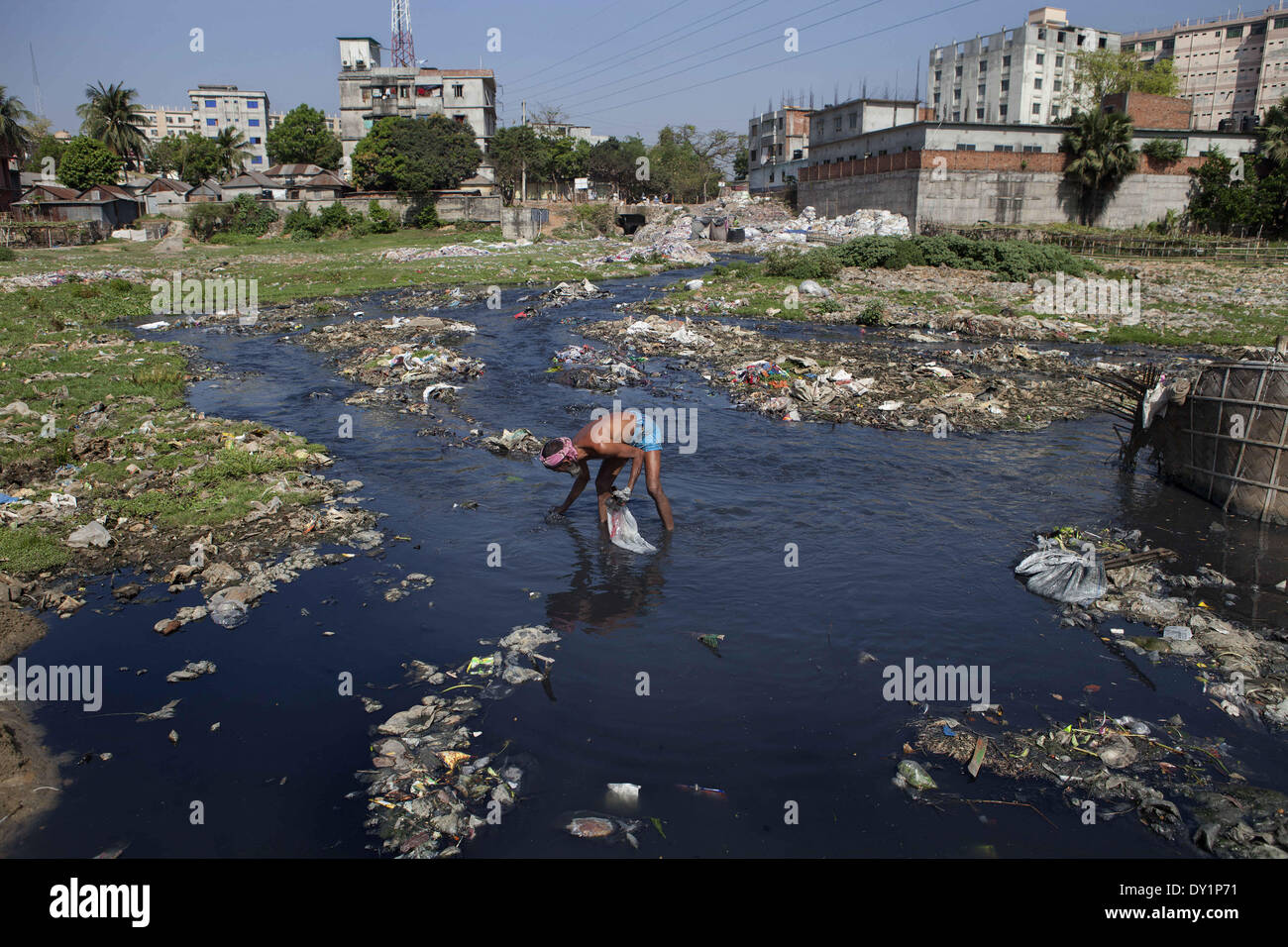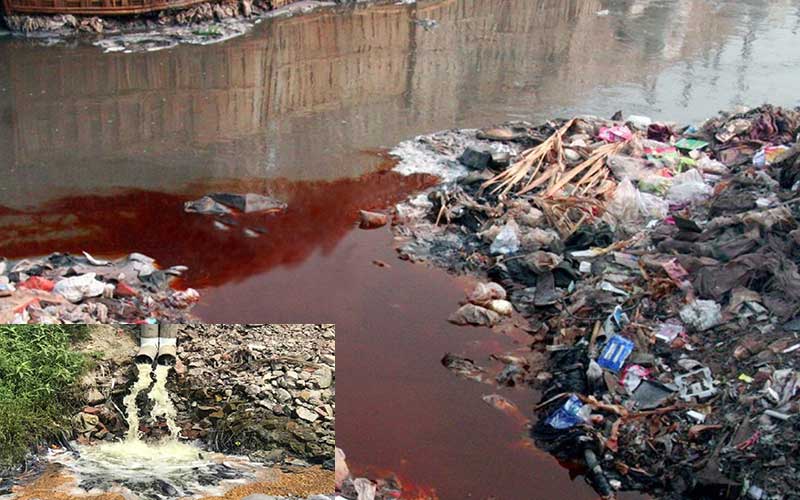Specialist Liquid Waste Removal Melbourne: Quick and Affordable Providers
Specialist Liquid Waste Removal Melbourne: Quick and Affordable Providers
Blog Article
Exactly How Liquid Waste Disposal Functions: An In-depth Summary of Techniques and Technologies Used

Review of Fluid Waste Kind
The complexity of liquid waste types necessitates an extensive understanding of their attributes and ramifications for disposal. Liquid waste can broadly be categorized right into numerous kinds, including industrial, community, agricultural, and contaminated materials. Each category shows distinctive buildings, calling for details administration techniques to reduce environmental and wellness threats.
Industrial liquid waste originates from making procedures and typically has a variety of impurities, such as heavy steels, solvents, and natural compounds. Municipal fluid waste, mainly comprising wastewater from houses and industrial facilities, consists of raw material, nutrients, and pathogens (industrial wastewater treatment). Agricultural fluid waste, including drainage from farms, might consist of fertilizers, chemicals, and animal waste, posturing dangers to water top quality and ecological communities
Dangerous fluid waste is identified by its toxicity, reactivity, or prospective to trigger injury. Understanding these diverse liquid waste kinds is critical for developing efficient disposal techniques and making certain compliance with environmental policies.
Physical Treatment Techniques

Testing is the preliminary step, where bigger bits and debris are gotten rid of from the fluid waste using displays or grates. In sedimentation storage tanks, heavier fragments clear up at the bottom, creating a sludge layer, while the cleared up liquid can be more treated.
Filtration is an additional vital method that entails passing the liquid via permeable materials, such as sand or membrane layers, to capture smaller sized bits. This action improves the quality of the fluid, making it suitable for succeeding treatment procedures.

Chemical Treatment Methods
Chemical treatment methods are important for properly handling fluid waste, particularly in resolving dissolved and colloidal impurities that physical methods might not adequately eliminate. These strategies use numerous chemical agents to reduce the effects of, speed up, or transform harmful substances into less hazardous kinds.
One common technique is coagulation and flocculation, where chemicals such as alum or ferric chloride are contributed to advertise the aggregation of suspended fragments. This procedure enhances sedimentation, permitting less complicated removal of the resulting sludge. Furthermore, oxidation processes, utilizing agents like chlorine or ozone, are used to break down complicated natural compounds and microorganisms, making the waste more secure for discharge or more treatment.
Neutralization is one more important strategy, which adjusts the pH of acidic or alkaline waste streams to neutral levels, avoiding prospective damage to downstream systems and the setting. In addition, progressed oxidation procedures (AOPs) utilize combinations of oxidants and ultraviolet light to deteriorate relentless pollutants, achieving a higher level of treatment efficiency.
Biological Treatment Procedures
Organic therapy procedures play a crucial role in the management of fluid waste by making use of microbes to decompose raw material and lower impurity degrees. These procedures can be extensively categorized into aerobic and anaerobic therapies, each using certain microbial neighborhoods to accomplish effective waste degradation.
Aerobic therapy entails using oxygen to help with the break down of organic products by germs. This process is commonly implemented in turned on sludge systems, where oygenation tanks provide a helpful atmosphere for microbial growth, leading to the oxidation of natural contaminants. The resultant biomass can be separated from dealt with effluent with sedimentation.
On the other hand, anaerobic therapy happens i thought about this in the absence of oxygen, counting on different bacteria to damage down organic issue. This technique is particularly useful for high-strength waste, as it generates biogas, an eco-friendly energy source, while lowering sludge production. Technologies such as anaerobic digesters are regularly utilized in municipal and commercial applications.
Both cardio and anaerobic biological therapies not only decrease the environmental influence of liquid waste yet Look At This likewise promote source recuperation, making them crucial parts of sustainable waste monitoring approaches. Their efficiency, versatility, and performance support their extensive application throughout various markets.
Arising Technologies in Disposal
Cutting-edge methods to liquid garbage disposal are swiftly developing, driven by improvements in modern technology and an enhancing emphasis on sustainability. Amongst these arising modern technologies, membrane layer bioreactors (MBRs) have actually obtained grip for their ability to integrate biological treatment with membrane layer purification, causing top quality effluent that can be reused in different applications. MBRs allow smaller footprints and a lot more effective procedures contrasted to standard systems.
An additional encouraging growth is making use of anaerobic food digestion incorporated with nutrient recuperation modern technologies, which not just deals with liquid waste however likewise generates biogas and recovers important nutrients like nitrogen and phosphorus. This dual benefit enhances source efficiency and reduces ecological influence.
In addition, progressed oxidation processes (AOPs) are being adopted for the degradation of complex natural toxins. These techniques use powerful oxidants and stimulants to damage down impurities at the molecular level, providing a highly reliable remedy for difficult waste streams.
Furthermore, the integration of expert system and artificial intelligence in waste management systems is maximizing operational efficiency and anticipating maintenance, leading to lowered expenses and improved ecological compliance. These modern technologies show a significant change towards even more lasting and effective fluid waste disposal techniques.
Final Thought
In verdict, reliable liquid waste disposal requires a detailed understanding of numerous techniques and innovations. By constantly progressing these techniques, it becomes possible to attend to the expanding obstacles connected with fluid waste, inevitably adding to ecological defense and resource recovery.
Liquid waste disposal is a crucial facet of environmental management, requiring an extensive understanding of different methods and modern technologies customized to various waste kinds. Fluid waste can extensively be categorized into several types, including industrial, municipal, agricultural, news and hazardous waste. Agricultural fluid waste, consisting of drainage from ranches, might consist of plant foods, pesticides, and animal waste, positioning risks to water quality and communities.
Various physical treatment approaches play a critical duty in taking care of fluid waste efficiently - industrial wastewater treatment.In final thought, effective fluid waste disposal demands a detailed understanding of different techniques and technologies
Report this page